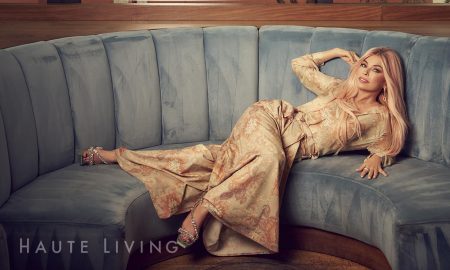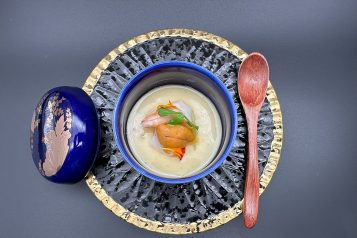Its unique look and capabilities make Cricursa architectural glass a significant component in some of the world’s most stylish buildings.
By JC Smith
Depending on the time of day, the light touches the convex and concave glass panels, creating multiple shades and reflections that lend the building an “oscillating character,” in the words of the architects.
What does the Prada Boutique Aoyama in Tokyo designed by Herzog & de Meuron have in common with the Seattle Experience Music Project designed by Frank O. Gehry or the Rem Koolhaus Music Hall in Porto, Portugal? Glass. Cricursa glass, to be more specific. Each of these magnificent architectural structures boasts a transparent façade of fluid looking glass exteriors. Architects, designers and developers are favoring the aesthetic qualities and practical, custom manufacturing opportunities the material offers replacing concrete, wood and metal finishes.
Since 1928, Cricursa has manufactured superior-quality curved glass and unique architectural laminated glass. Cricursa’s range of products includes laminated, tempered and insulating bent oversized glass, transparent low-reflective Low-e interlayers, screen-printed glass/films, cast glass and a large range of unique laminates combining different materials, for instance; stone and metal. The product allows you to bring the outside in, but keeps the heat and humidity out, perfect for the Florida climate.
The Prada store in Tokyo is a perfect extreme example of using the medium of glass to create a modern, six story building made up entirely of glass tiles from floor to ceiling. The whole building is wrapped with a skin of rhomboid glasses, either flat or with an ellipsoid curve, that act as eyes between the store and city. The use of bent glass tiles, some seem to be sucked in while others are puckered outward-give the illusion that the building is almost breathing. Depending on the time of day, the light touches the convex and concave glass panels, creating multiple shades and reflections that lend the building an “oscillating character,” in the words of the architects.
For Seattle’s Music Experience, Spanish fabricator Cricursa helped highlight Gehry’s design by producing a set of 84″ by 33″ laminated glass “guitar strings” that adorn the roof of the building. These were designed by creating 621 units of colored laminated tempered glass. Each glass unit was fabricated from two piles of 10mm clear tempered float glass and through the use of DuPont Butacite PVB and a Chromafusion film by Cesar Color Inc. Blue and green pigment were added to the glass to meet Gehry’s design vision, of Frank O. Gehry.
The product created by Cricursa and used in the majority of these large glass projects is Crusunid, a material that combines two or more pieces of float glass sandwiched with a layer of polyvinyl butyral, which prevents the glass from shattering. The physical safety of the product allows the panes to be used for columns, windows, building facades, skylights, stairways, floors, etc., all depending on the thickness, characteristics and number of panes and polyvinyl butyral layers. The use of glass in a design project can offer natural illumination, mechanical resistance, heat insulation, solar shielding, soundproofing and safety.
Criscursa (Cristales Curvados S.A.)
is a leading international producer of bent glass and special laminated architectural glass with headquarters and two manufacturing facilities in Barcelona, Spain. They have representatives in the following USA states NY, CT, DC, WI, IL, WA, FL, TX, MO, and CA. For more information, contact (Alex’s info..will confirm) or visit the website www. cricursa.com. An extensive, user-friendly website that offers application details, portfolio, product and project overviews.





















